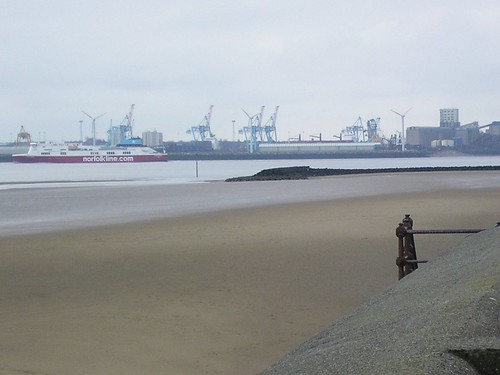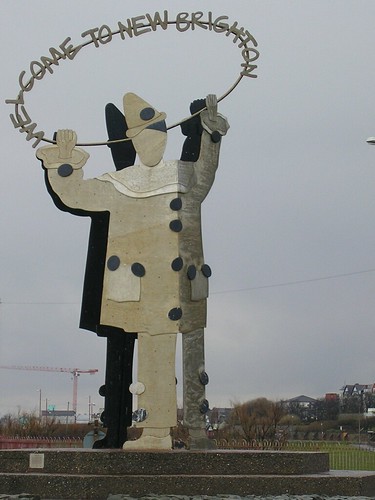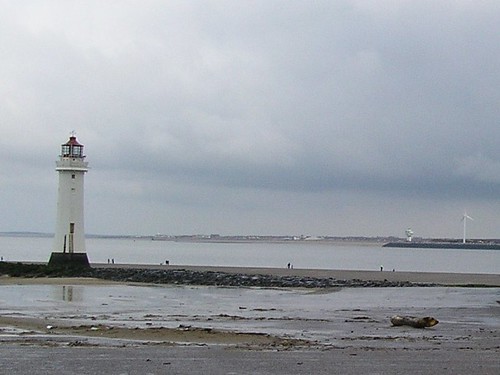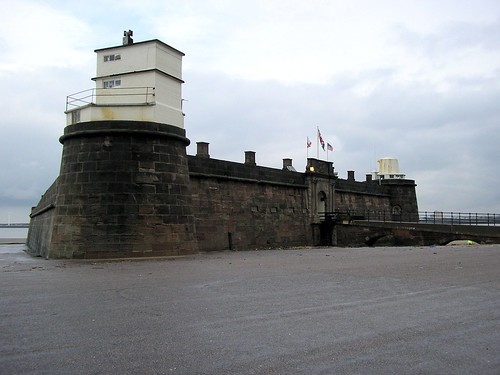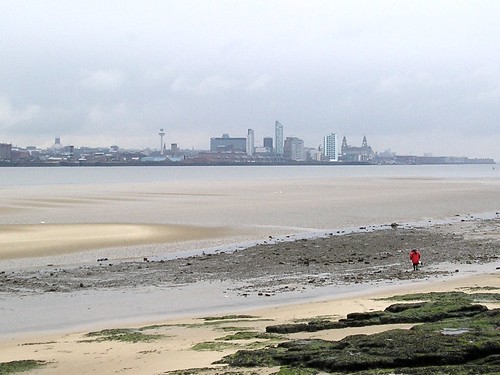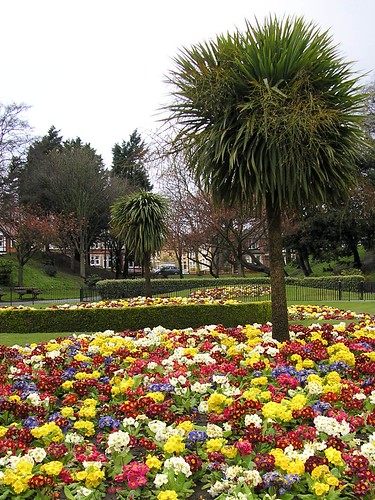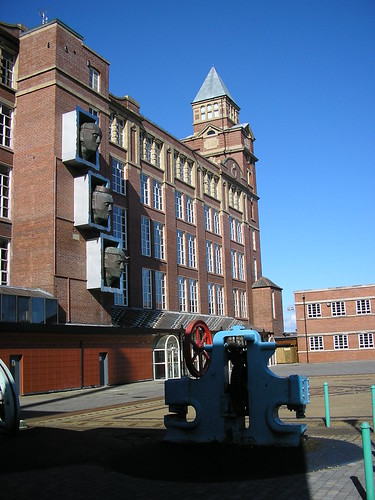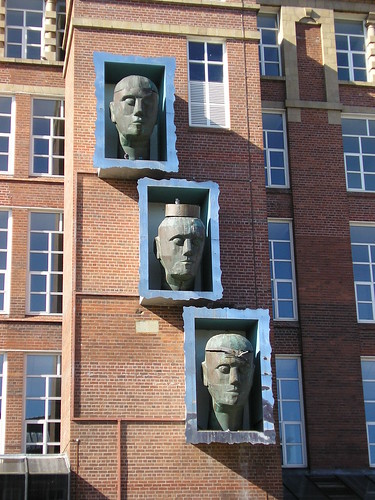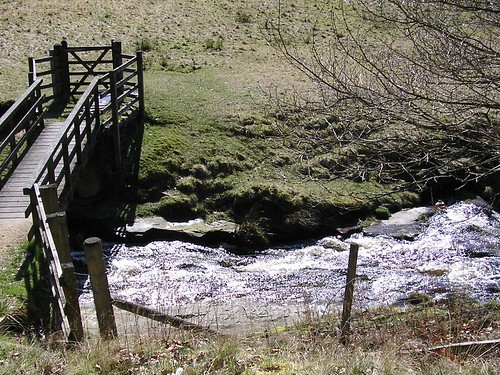Was that the first mistake, I can hear you ask! No it wasn't! our walk took us from the National Wildflower Centre, resisting the call to call there first, through the Victorian Court Hey Park, along the Liverpool Loop Line, through Childwall and Black Wood, into Calderstones Park, along the edge of Allerton Park Golf Course, through Reynolds Park (including a visit to what Chris thought was the best walled garden she had seen), back onto the Liverpool Loop Line and finally returning to the National Wildflower Centre at Court Hey Park. If you were worn out by that then imagine how we felt having completed the 8.45 miles (You can see where we went by going to http://www.gmap-pedometer.com/?r=1816966.
Last year was the 10th birthday of the centre (Plans were drawn up in 1997) but it wasn't opened to the public until 2001. Set in the 35 acre Victorian Court Hey Park, they provide information and raise awareness about the importance of wild flowers to our environment and encourage people to learn about the creation and management of new wild flower habitats - creative conservation. I particularly liked the wild flower bed made up from recycled CDs. Chris had a go on the Traverse Wall (no comments) and I had a play on the large wooden xylophone. (Abide with me!)
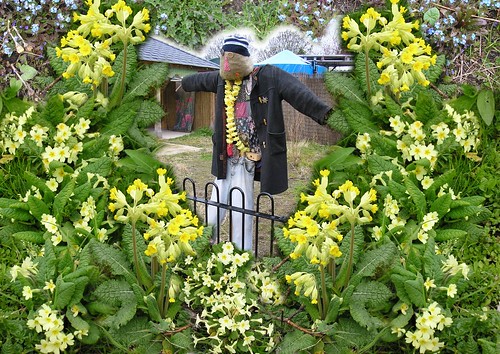
There were a number of sculptures made from scrap metal...
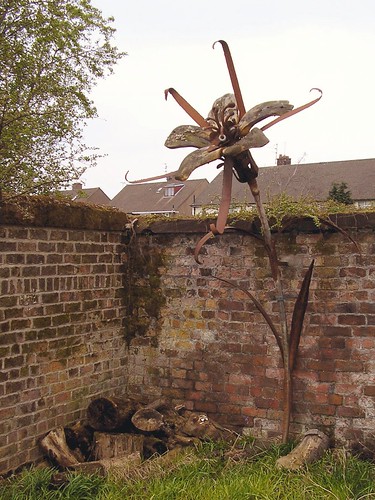
...that were rusting among the flowers.
A more colourful fish was in the water near the entrance...

If I get time I may add him/her to the moblog!
An interesting walk with lots of contrasts and how nice to see parks returning to their former glory!
Blogged with the Flock Browser

